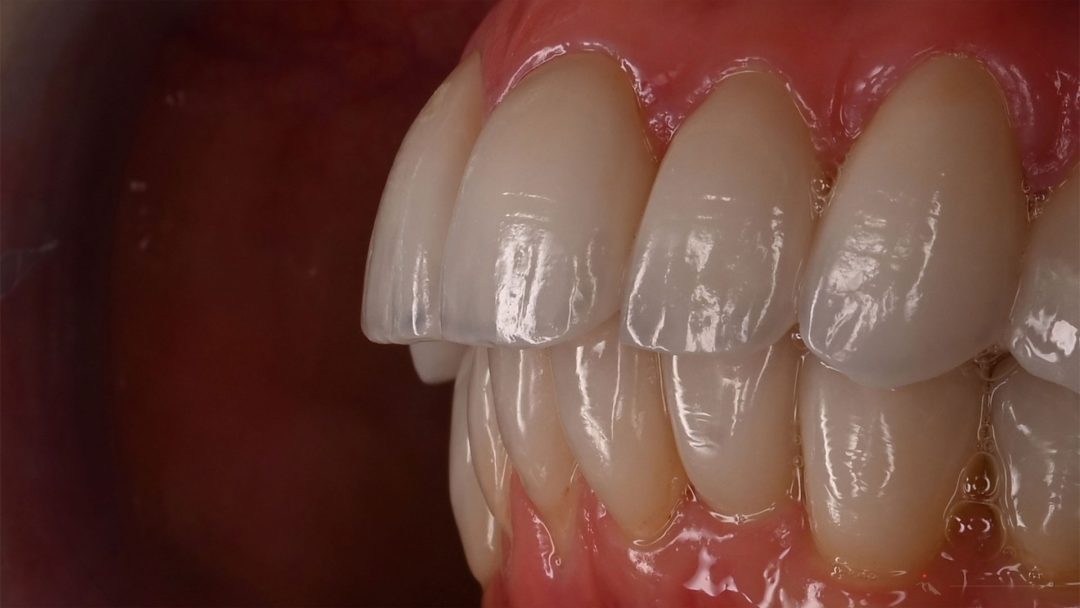Biofunctional Dentistry

Biofunctional dentistry deals with the biologically flawless reconstruction of a dysfunctioning chewing system. Biofunctional dentistry is based on the extensive research of the biologist and dentist Dr Robert Lee.
The most important aspects of this concept are the regeneration of the temporomandibular joints into the anatomically correct, centred position, and the functionally perfect reconstruction of the teeth. The aim is a permanently stable chewing system that is in balance with the overall body mechanics.
Functionally healthy chewing system
Before you can treat a dysfunctional chewing system in a cause-orientated manner, it is important to understand how a healthy chewing system is structured and how it functions.
The chewing system (also called the masticatory system) is an extremely sensitive and complex interplay of teeth, periodontium, chewing muscles, temporomandibular joints, various ligaments and a fine neurological control system. It forms a biomechanical functional unit in which bones, muscles, joints, connective tissue and nerves are interrelated and influence each other extensively.
The chewing system has the task of grinding food until old age without its function deteriorating and losing its effectiveness. Consequently, the complex interplay of interactions is designed in such a way that the chewing forces are only used for chewing and the natural tooth substance is not worn down.
The chewing system can function permanently without wear and remain healthy if the following conditions are met:
- All teeth of the upper and lower jaw come into contact simultaneously and evenly when biting together.
- At this moment of occlusion, the temporomandibular joints are stable in the centre of the socket.
- The teeth of the upper and lower jaw are positioned in relation to each other in such a way that distinct laws regarding the spatial relationship are fulfilled.
- All tooth forms are intact and have a biologically healthy anatomy.
A fundamental biological law is: “Form is function and function is form”. In other words, a healthy anatomy leads to biomechanically correct function. If there are anatomical deviations and one or more of the above requirements is not met, this inevitably leads to a restriction of function and unnatural strain on the biological structures.
Dr. med. dent. Artur Hein
At Alpine BioDental, we are specialized in TMJ treatments and the biologically precise reconstruction of dysfunctional chewing systems.

Functional Disorders
A chewing system that does not fulfil one or more of the anatomical requirements for long-term healthy and stable function is always exposed to increased stress. The incorrect loads acting on it are not limited to the chewing system itself, but are also transferred to more distant parts of the body.
The various effects on the body are summarised under the term TMJ (Temporomandibular joint dysfunction).
Aesthetic component of biofunctional dentistry

As mentioned above, the biological principle is: “Form is function and function is form”. This means that healthy anatomical structures are able to optimise function. At the same time, an optimally functioning system always has a correct anatomical form.
Healthy and well-functioning chewing systems have an inherently aesthetic appearance. Naturally contoured, unworn tooth shapes with an exact spatial relationship to each other are described as attractive – observers would describe it as “beautiful teeth“.
Although aesthetics is not the primary goal of biofunctional dentistry, chewing systems that have been treated according to functional aspects automatically have a beautiful aesthetic appearance.
Further Information
The additional information is intended to provide you with a better overview of the topic.